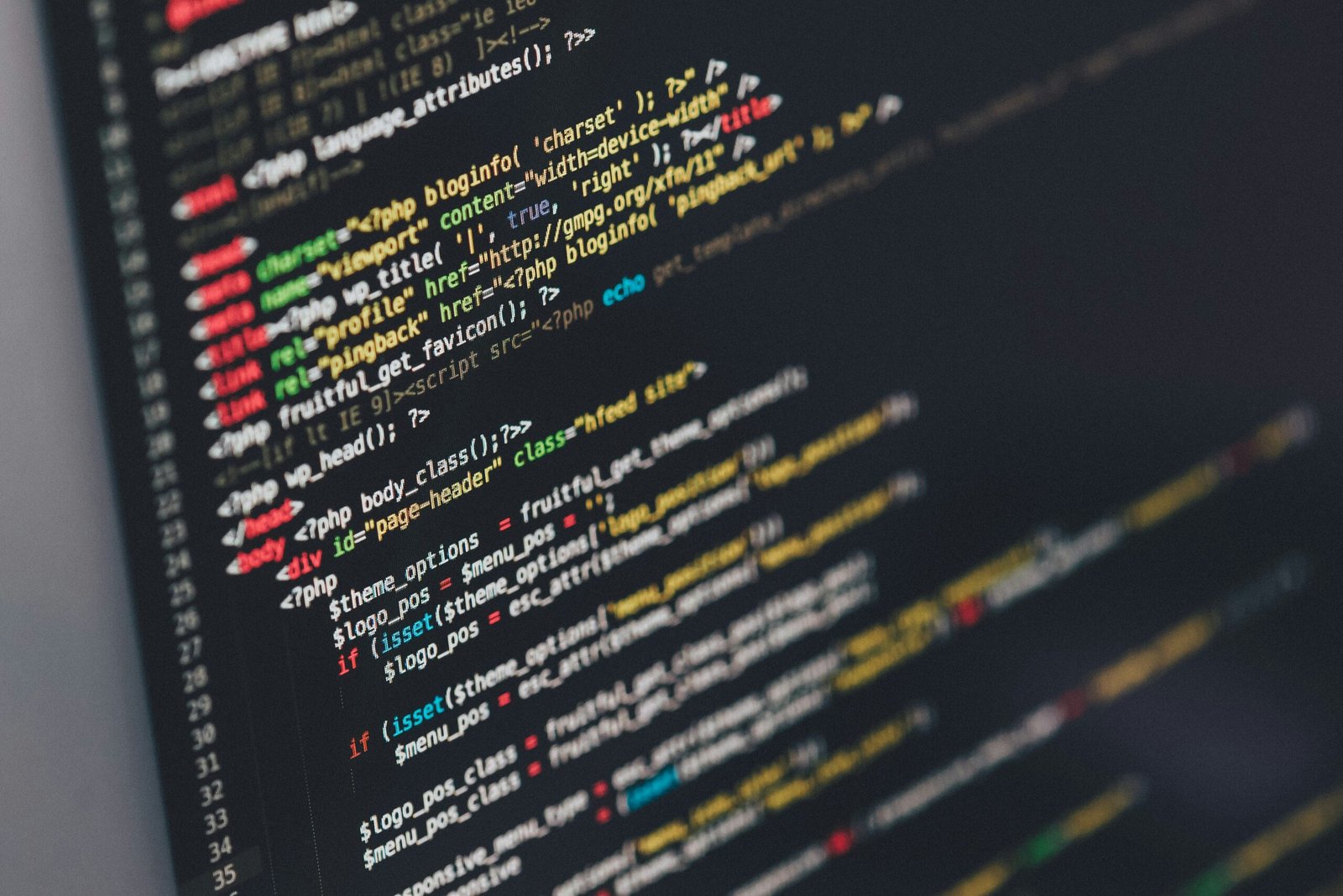DeepSeek is an innovative development within the rapidly evolving field of artificial intelligence, which emerged from a need for more efficient and precise data processing methodologies. This advanced technology is designed to leverage the intricate capabilities of deep learning, enabling it to not only analyze vast quantities of unstructured data but also to derive insights that are fundamentally transformative for various sectors. With its roots tracing back to collaborative efforts among data scientists and machine learning enthusiasts, DeepSeek represents a shift towards a more nuanced understanding of AI, focusing heavily on the interconnectivity of information.
Central to DeepSeek’s mission is the aim to create a system that enhances decision-making processes across industries. Unlike traditional AI frameworks, which often rely on scripted algorithms or heuristic methodologies, DeepSeek adopts a more holistic approach. It utilizes a framework that can adapt and learn from new data inputs continuously, allowing it to refine its output as conditions change. This dynamic capability positions DeepSeek as a revolutionary tool capable of addressing complex challenges ranging from predictive analytics in finance to enhancing personalized customer experiences in retail.
One of the core principles guiding DeepSeek involves harnessing the power of contextual awareness. By integrating semantic understanding into its algorithms, the platform aims to interpret not only the content of data but also the relationships and contexts involved. This deep contextual insight is anticipated to yield superior outcomes for tasks such as natural language processing and image recognition. As industries increasingly adopt DeepSeek technologies, its potential to streamline operations, improve efficiency, and drive innovation cannot be overstated. The introduction of DeepSeek marks a significant milestone in the AI landscape, hinting at a future where artificial intelligence can truly mirror human cognition in its complexity and adaptability.
How DeepSeek Works
DeepSeek is revolutionizing the field of artificial intelligence through its innovative architecture and algorithms that distinguish it from traditional AI models. At its core, DeepSeek utilizes a hybrid neural network structure that combines elements of convolutional neural networks (CNNs) with recurrent neural networks (RNNs). This unique integration allows the system to effectively analyze and interpret complex data patterns while maintaining a robust memory of previous inputs, ensuring a more nuanced understanding of the evolving datasets it encounters.
A critical component of DeepSeek’s functioning is its enhanced learning processes. The system employs a multi-faceted approach to training, incorporating both supervised and unsupervised learning frameworks. This dual methodology enables DeepSeek to capitalize on vast amounts of unlabeled data while simultaneously honing its predictive capabilities using labeled datasets. By doing so, it can achieve higher accuracy and more relevant outputs in various applications, from natural language processing to image recognition.
Data handling techniques are another facet of DeepSeek’s effectiveness. The platform incorporates advanced data preprocessing methods, including anomaly detection and normalization processes, which ensure that the input data is clean and relevant. This superior data management allows DeepSeek to filter out noise and focus on valuable information, ultimately enhancing its performance and reliability across different use cases.
Real-world applications of DeepSeek further highlight its advantages over existing AI frameworks. For instance, in the healthcare sector, DeepSeek has been employed to analyze patient data for predictive analytics, allowing for early detection of potential health issues. Similarly, in autonomous vehicles, the model processes sensory inputs to improve decision-making capabilities. These practical examples underscore how DeepSeek not only advances theoretical AI research but also translates its findings into actionable solutions, thereby fostering a transformative impact across various industries.
Impact on Industries and Society
The advent of DeepSeek technology heralds a transformative shift across various industries, influencing not only operational efficiencies but also societal interactions. In the healthcare sector, for instance, DeepSeek facilitates enhanced diagnostic processes. By integrating vast datasets, medical professionals can utilize predictive analytics to foresee potential health crises, ensuring timely interventions. A notable case study includes a leading hospital network that adopted DeepSeek to streamline patient data management, resulting in a reduction of diagnosis time by 30%.
Furthermore, the financial services industry has begun to embrace DeepSeek’s capabilities. Financial institutions leverage this technology for sophisticated risk assessments and fraud detection, which has led to substantial cost savings and enhanced security measures. A prominent bank recently reported a 20% drop in fraudulent transactions after implementing DeepSeek algorithms to monitor real-time transactions, highlighting its efficacy in maintaining financial integrity. In the manufacturing sector, the integration of DeepSeek into supply chain management processes is noteworthy. Companies utilize predictive maintenance to anticipate machinery failures, thus reducing downtime and operational costs.
Beyond industrial applications, the societal implications of DeepSeek necessitate careful consideration. As organizations increasingly adopt this technology, workforce transformations will emerge. Workers may face displacement due to the automation potential inherent in DeepSeek systems, prompting the need for reskilling and workforce adaptations. Additionally, significant privacy concerns arise, as the technology requires access to sensitive data, leading to potential breaches of consumer trust and ethical dilemmas surrounding data handling.
Moreover, the future of human-AI collaboration remains a crucial topic. The balance between leveraging DeepSeek efficiencies and retaining human oversight is vital for ethical governance of AI systems. Companies must navigate the complexities of this integration responsibly, ensuring that the advantages derived do not eclipse the ethical responsibilities associated with their deployment. The path forward will demand ongoing dialogue among stakeholders to address these pressing issues effectively.
The Future of DeepSeek and AI Advancements
The trajectory of DeepSeek is poised to redefine the landscape of artificial intelligence, creating ripples that extend beyond technical advancements to broader societal implications. As research continues to unveil new applications and methodologies, one can anticipate a range of developments that may significantly enhance AI capabilities. DeepSeek’s unique algorithms are not only improving efficiency and accuracy in data analysis but also fostering innovations that were previously thought unattainable. This leads to exciting prospects for sectors such as healthcare, finance, and autonomous systems, where AI’s integration is vital for enhanced decision-making processes.
Moreover, as institutions and industries increasingly recognize the potential of DeepSeek, investment in AI technology is expected to grow. This will likely spur further research and development, encouraging partnerships between academia and the private sector. The focus on collaborative efforts will enable a rich exchange of ideas and resources, driving innovations at an unprecedented pace. Continuous advancements suggest that DeepSeek could ultimately serve as a foundational component of AI infrastructure, potentially leading to a paradigm shift in how we interact with technology daily.
However, with such rapid growth comes the responsibility of ensuring ethical guidelines and regulatory frameworks are instituted. Policymakers and industry leaders must work together to navigate the complexities associated with AI, emphasizing the importance of transparency and accountability in its application. Questions regarding data privacy, potential biases, and the implications of widespread AI deployment will come to the forefront. These inquiries will be essential in shaping a future where technology serves humanity without compromising ethical standards. As society embraces this silent revolution, the path forward must be thoughtfully orchestrated, laying down principles that will guide the responsible evolution of artificial intelligence.



